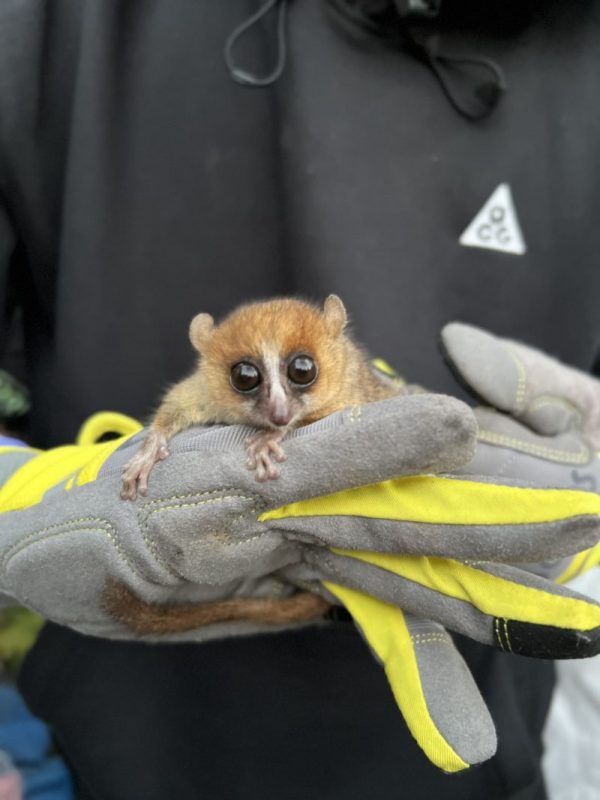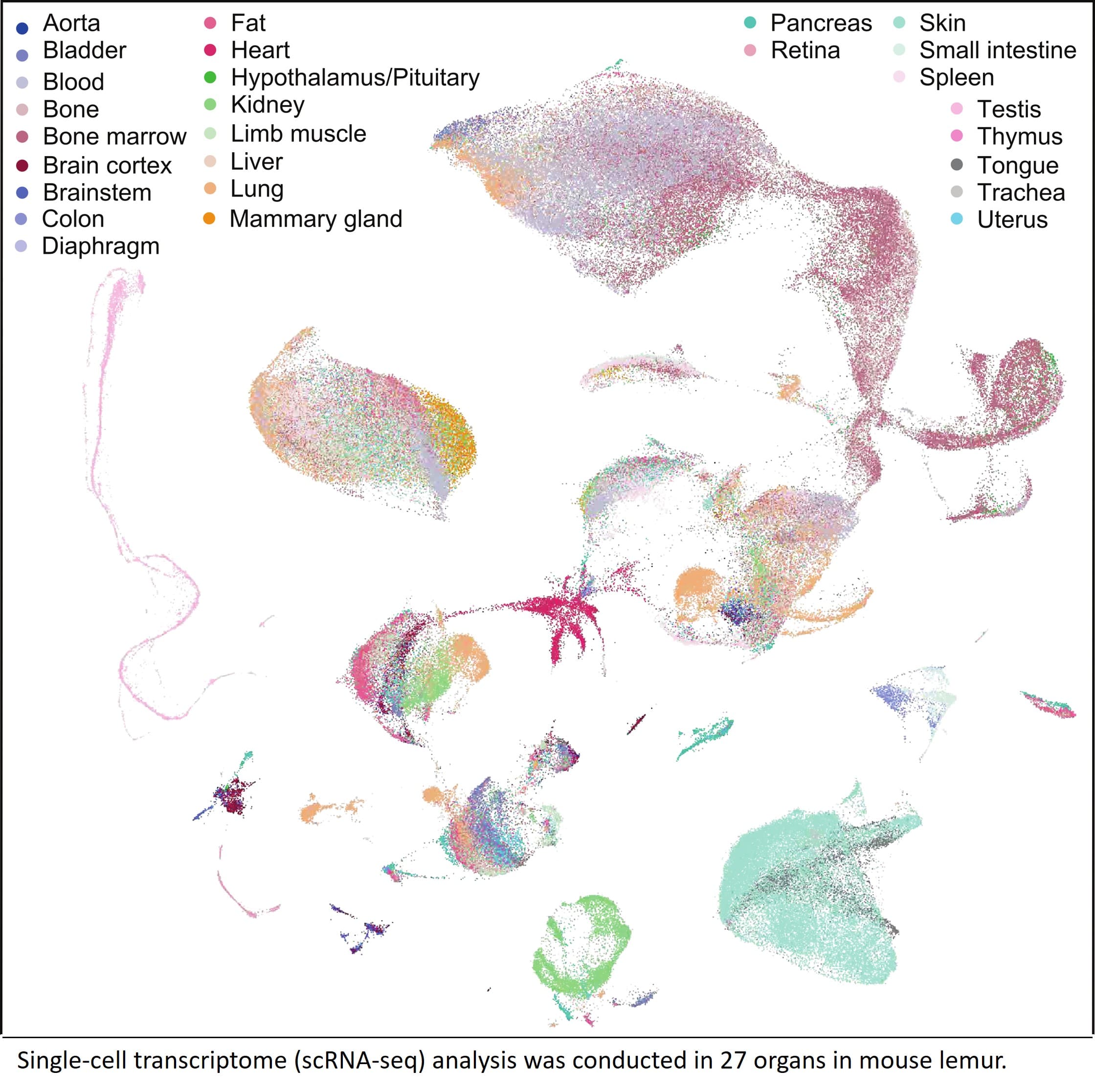
Although researchers usually rely on mice for studies, grey mouse lemurs being primates, are closer to us on the evolutionary tree and provide insights into biology that truly matter to humans.
Prof. Angela WU, associate professor in the Division of Life Science and Department of Chemical and Biological Engineering, collaborated with other researchers to map over 226,000 single cells from 27 organs of the grey mouse lemur. This groundbreaking work uncovered hundreds of cell types and key genes that mice simply don’t have, reshaping how we study human biology and disease.
These pioneering studies have recently been published in two papers in Nature, marking a significant advancement in the field.

Publications
Ezran, C., Liu, S., Chang, S. et al. Mouse lemur cell atlas informs primate genes, physiology and disease. Nature (2025). https://doi.org/10.1038/s41586-025-09114-8
The Tabula Microcebus Consortium., Ezran, C., Liu, S. et al. A molecular cell atlas of mouse lemur, an emerging model primate. Nature (2025). https://doi.org/10.1038/s41586-025-09113-9